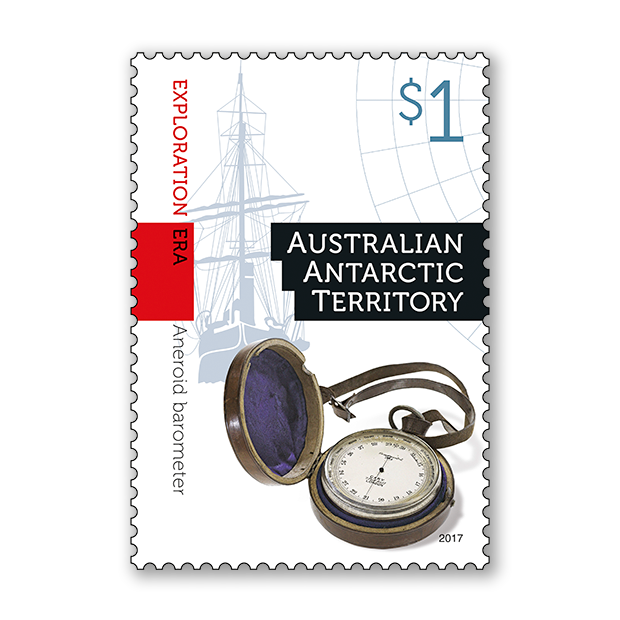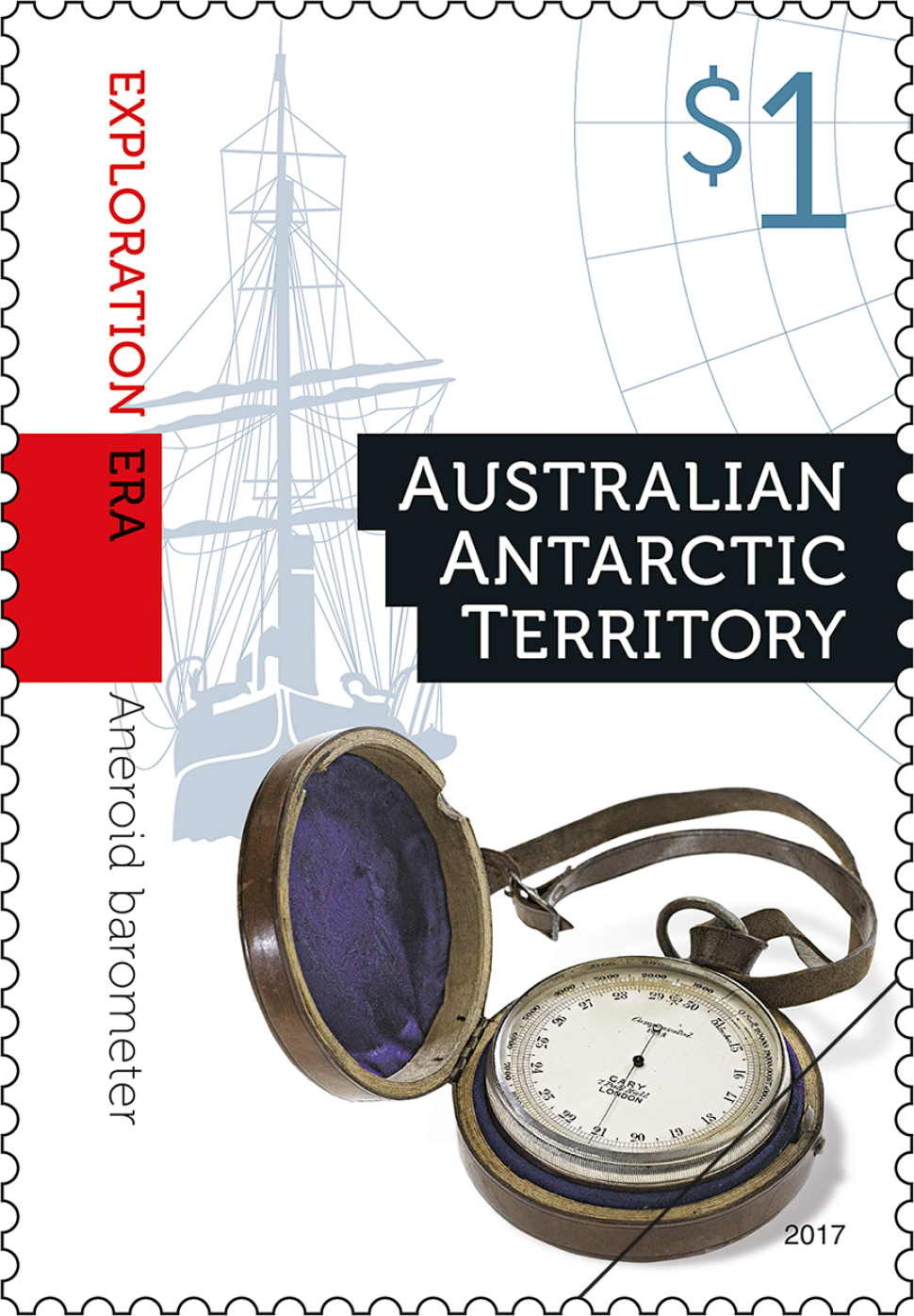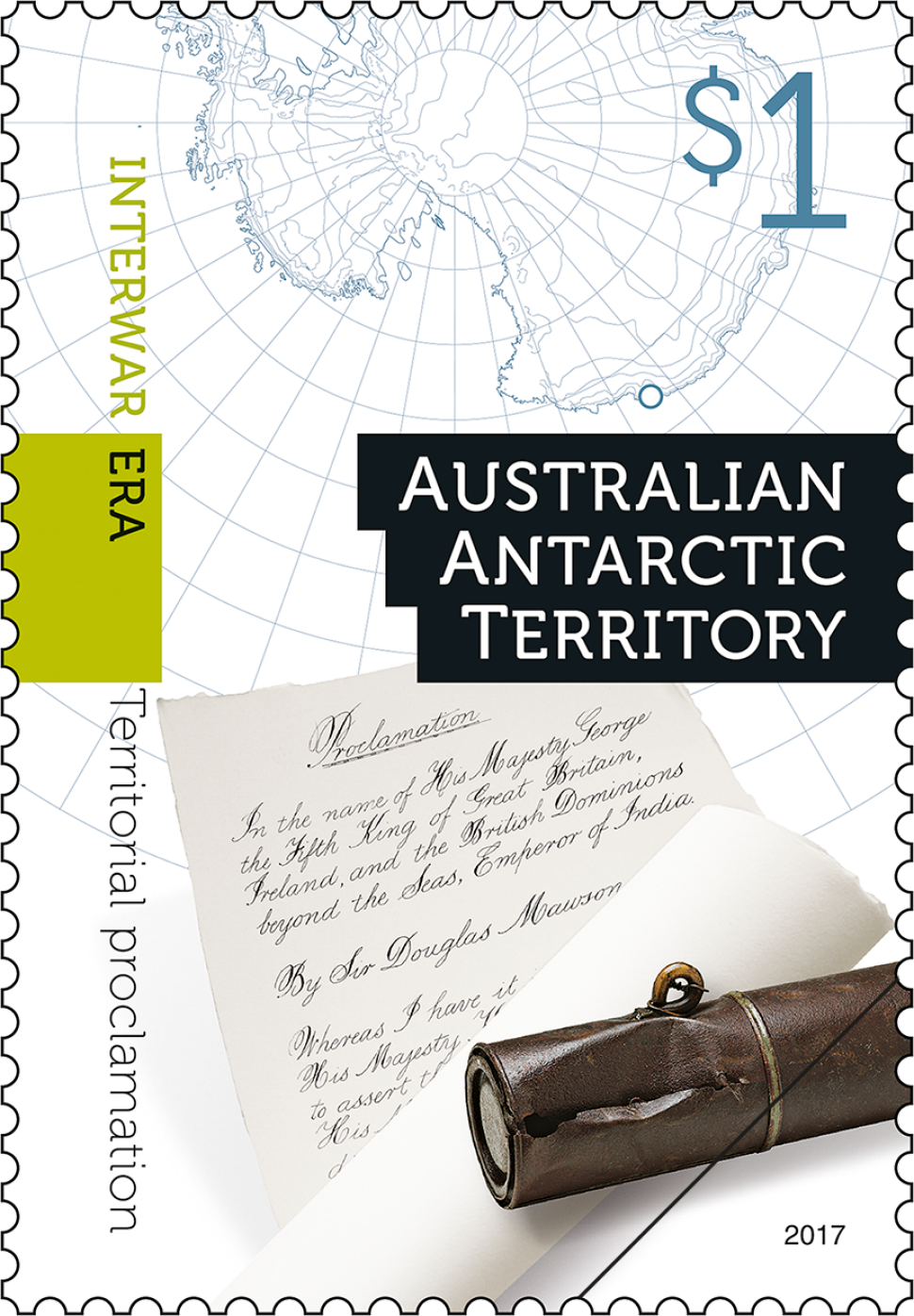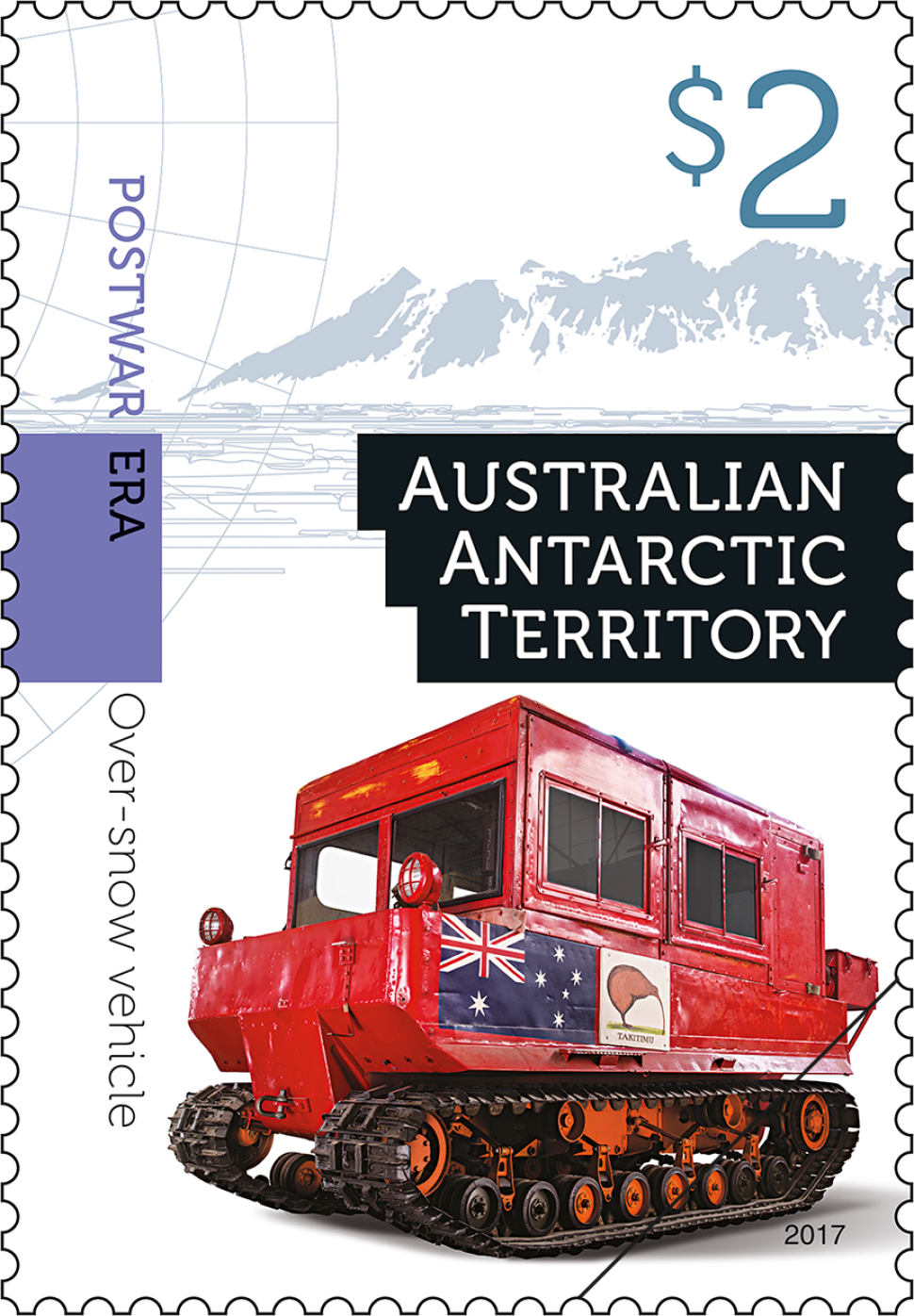Cultural heritage provides a framework for interpreting the past and understanding continuing cultural practices. It can encompass tangible items such as artefacts and coins, and even landscapes, archaeological sites and monuments.. Cultural heritage may also include intangible items such as oral traditions and rituals.
This stamp issue focuses on cultural artefacts from three key historical periods relating to Antarctica, which we refer to as the “exploration era”, “interwar era” and “postwar era”. Each artefact also represents a specific cultural theme.
Designer
Lynda Warner
Products released in this issue
- Minisheet
- Stamp pack
- First day cover
- Maxicards
Technical specifications
- Issue date
- 19 September 2017
- Issue withdrawal date
- 31 March 2018
- Denominations
- 2 x $1, 1 x $2
- Stamp design
- Lynda Warner
- Product design
- Lynda Warner
- Printer
- RA Printing
- Paper - gummed
- Tullis Russell Red Phos
- Printing process
- Offset lithography
- Stamp size
- 26mm x 37.5mm
- Perforations
- 14.60 x 13.86
- Sheet layout
- Module of 50
- FDI postmark
- Kingston NSW 7050
- FDI withdrawal date
- 18 October 2017
The exploration era, also known as the heroic period, spans the late 19th and early 20th centuries – a time when several countries undertook voyages to Antarctica.
The aneroid barometer featured in the stamp design was given to Australian physicist Alistair Keith Jack by Ernest Shackleton, expedition leader of the ill-fated Imperial Trans-Antarctic Expedition’s (1914–16); Jack was a member of the lesser-known Ross Sea party. The barometer is now part of the Museums Victoria collection. It represents not only polar exploration during this period, but also the value of meteorological research.
The stamp photograph is by Michelle McFarlane.
The stamp design features the proclamation over King George V Land that Australian polar explorer and scientist Douglas Mawson signed on behalf of the British sovereign on 5 January 1931. It was buried at the site in a canister, where it remained until it was retrieved by the Australian Antarctic Expedition in 1977. The proclamation represents political and geographical history and is especially significant because it formed the basis of Britain’s eventual transferal of territory to Australia in 1933. The barometer is now held in the collection of the National Museum of Australia.
The photograph featured on the stamp is by Dean McNicoll.
Following World War II, scientific interest in Antarctica was renewed, facilitated by Douglas Mawson’s lobbying of government. ANARE (Australian National Antarctic Research Expedition) was formed in 1947 to undertake Australian Antarctic research.
The tracked Weasel M29 vehicle was introduced to Antarctica postwar and was a primary Antarctic traverse vehicle for ANARE until the mid-1960s. The restored Weasel shown in the stamp design was used on ANARE’s 1962–63 Wilkes–Vostok traverse, an historic journey of 3,000 kilometres to the Russian station in the Antarctic interior. It is part of the collection of the Australian Antarctic Division.
The photograph featured on the stamp is by Jonathan Wherrett.
This content was produced at the time of the stamp issue release date and will not be updated.




